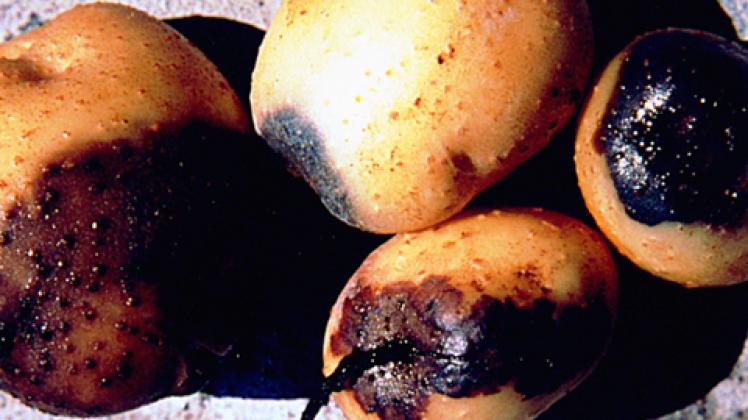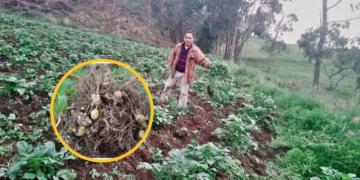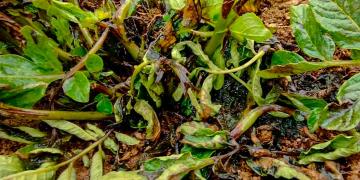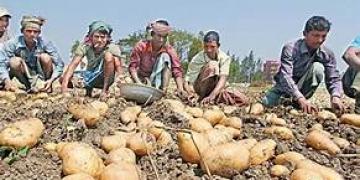Gran Bretaña: How the potato industry can tackle blackleg
Blackleg is a costly disease in potatoes caused by several pectolytic bacteria that have the ability to infect and break down plant tissue, leading to storage losses and crop rejections.

Symptoms in the field range from mild wilting of plants in the heat of the day to more severe internal necrosis of stems and the distinctive blackening of the stem base that gives the disease its name.
Tuber infection can occur via ingress from the stolon or through tuber lenticels, causing soft rots that break down in store and also spread infection throughout the harvest, handling and storage processes.
AHDB monitoring of blackleg pathogens on England and Wales seed stocks, carried out by Fera between 2013 and 2015, showed that 85%-95% of blackleg or soft rot was caused by Pectobacterium atrosepticum (Pba).
Sources of infection include irrigation water, bacterial aerosis, insects, soil, infected seed tubers and weeds. All vary in importance, depending on the environmental conditions each season.
Traditionally, a large proportion of the blame for blackleg infection has been placed with contaminated seed, but a recent research project, led by Ian Toth of the James Hutton Institute, has suggested irrigation may play an important role.
Prof Toth says seed tubers do not necessarily need to be contaminated in order for a crop to display blackleg symptoms, with potential contamination coming from irrigation water or wetter conditions allowing bacteria to thrive more readily in the soil.
Fuente: Farmers Weekly









